
BONSAI CONTAINERS
A bonsai pot is a ‘bon’ (tray) for the ‘sai’ (tree). But it is not just any pot! A bonsai pot serves a function beyond merely containing the tree and the potting medium. It is an integral part of the bonsai image and must complement the tree in the same way a frame complements a painting.
There are three categories of pots. Propagation, Training, and Display pots.
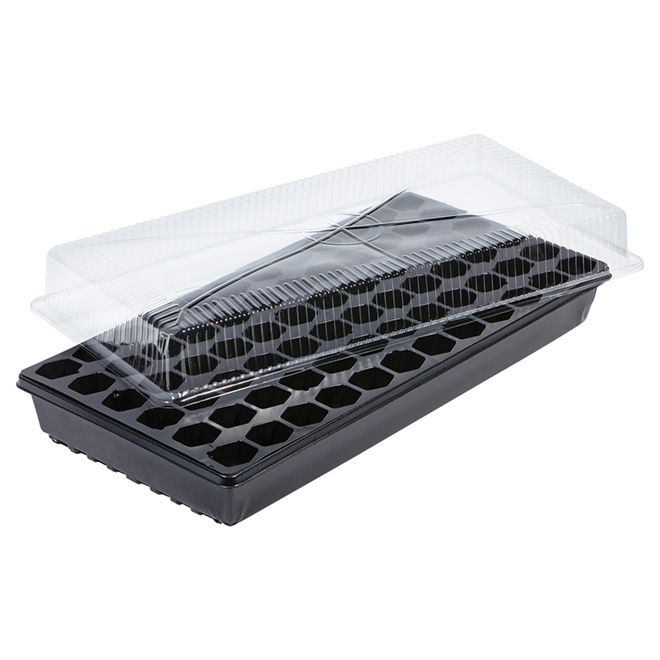
Propagation Trays
Can accommodate multiple seedlings or cuttings. Clear cover retains humidity.
Button
Propagation Basket
Write your caption hereButton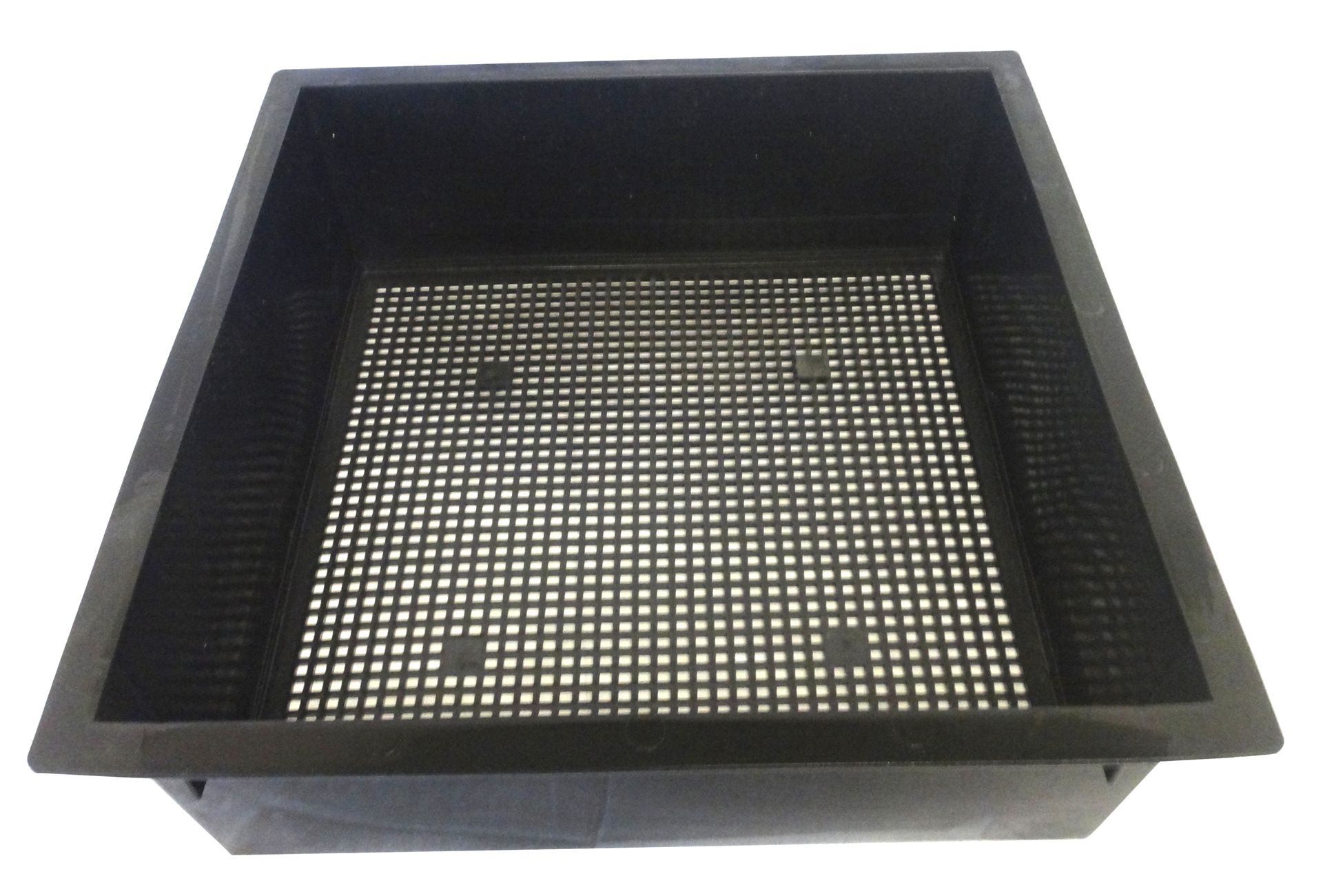
Deep Propagation Tray
Write your caption hereButton
Propagation Containers
Propagation pots are used to grow seeds or cuttings, and valuable design features include:
• allowing for a lot of air exchange and radial root growth (fabric pots, colander-like pots)
• can accommodate multiple seedlings or cuttings (a large perforated tray or egg carton-like design)
• transparency to observe root growth (plastic material or root gels)
• biodegradable material
• clear cover to retain humidity.

Mica Pots
Made from polyethylene, mica, and graphite and look like ceramic bonsai pots.
Button
Mica Tray
Winter-hardy and can help one visualize the artistic design compatibility of the pot with the tree.
Button
DIY Training Containers
Write your caption hereButton

Wood or plastic
Write your caption hereButton
Mica Tray
Write your caption hereButton
Mica Pots
Write your caption hereButton
Training pots
Until bonsai are ready for display pots, they can be planted into training pots after they have been collected from the wild or lifted from the garden.
Training pots may resemble ceramic bonsai pots in shape but are usually non-ceramic. Non-ceramic materials such as terracotta provide excellent aeration but stain easily and crack in winter if outdoors.
Inexpensive plastic nursery pots and mica pots (made from polyethylene, mica, and graphite) look like ceramic bonsai pots but are hardier and can help one visualize the artistic design compatibility of the pot with the tree.
Wooden trays/pots can be custom-made to facilitate root growth (wide and shallow dimensions). Larger sizes are an alternative to in-ground planting. Wooden trays/pots retain some moisture and are less susceptible to temperature fluctuations. Reuse/recycle wood from old projects (e.g., renovations, fencing or discarded pallets)
Training pots must be shallow to encourage the tree roots to develop horizontally.
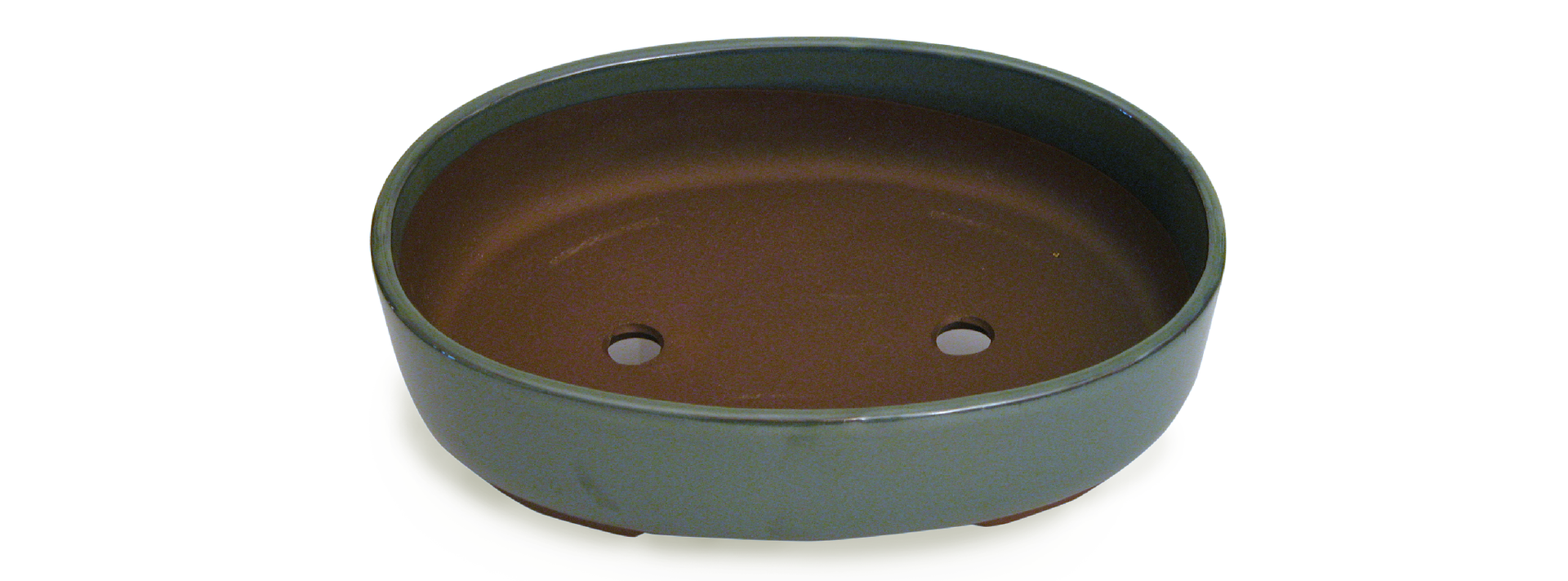
Large Drain Holes
Write your caption hereButton
A Size for Each Tree
Write your caption hereButton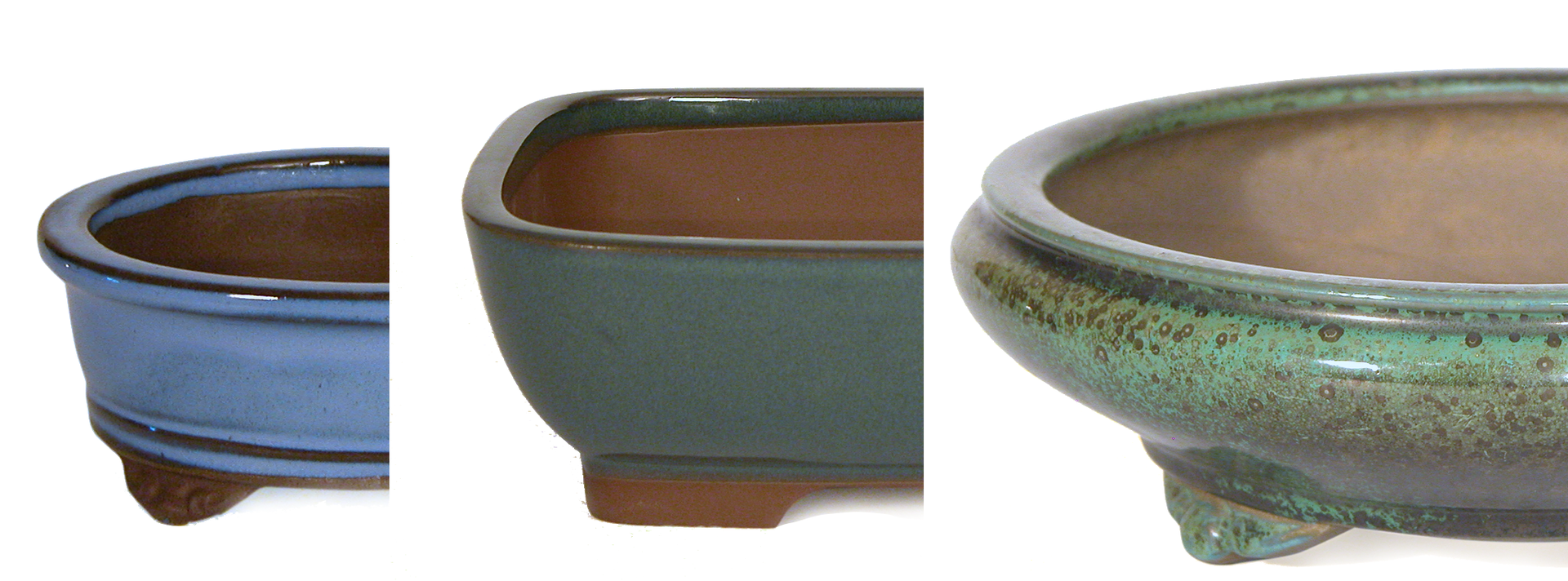
Bonsai Pots Have Feet
Write your caption hereButton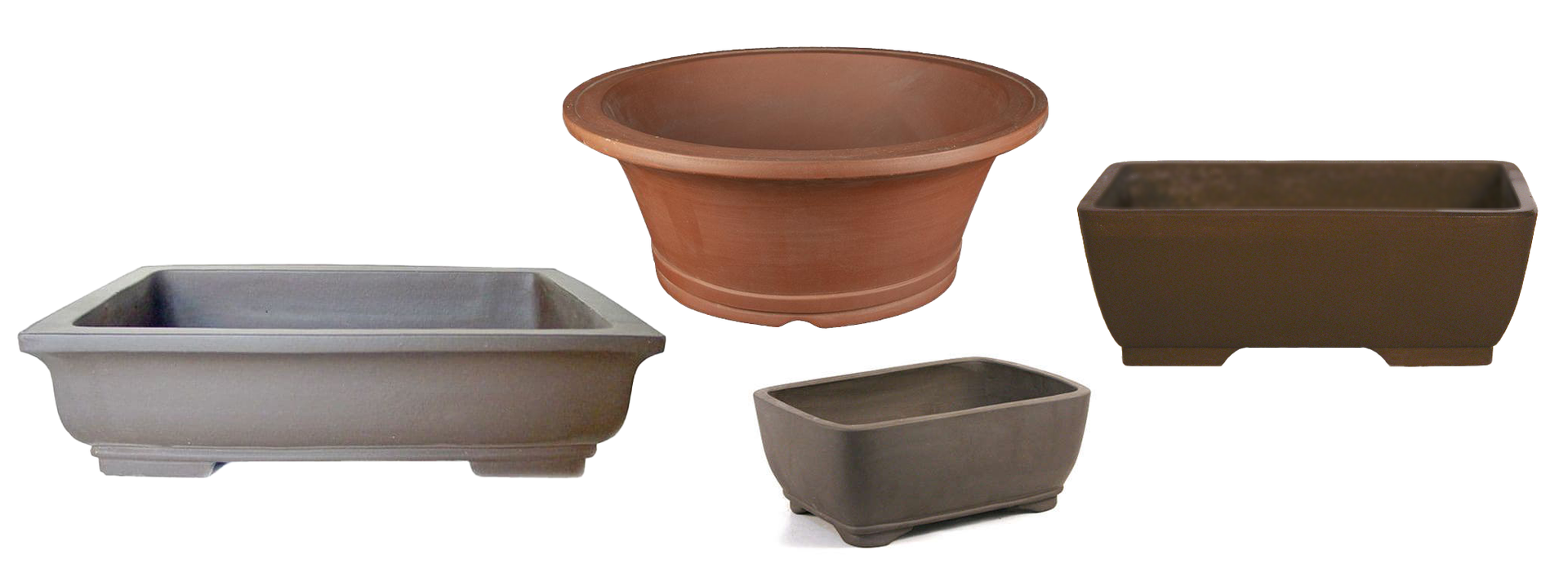
Unglazed Bonsai Pots
Unglazed pots in shades of brown to grey are suitables for conifer bonsai.
Button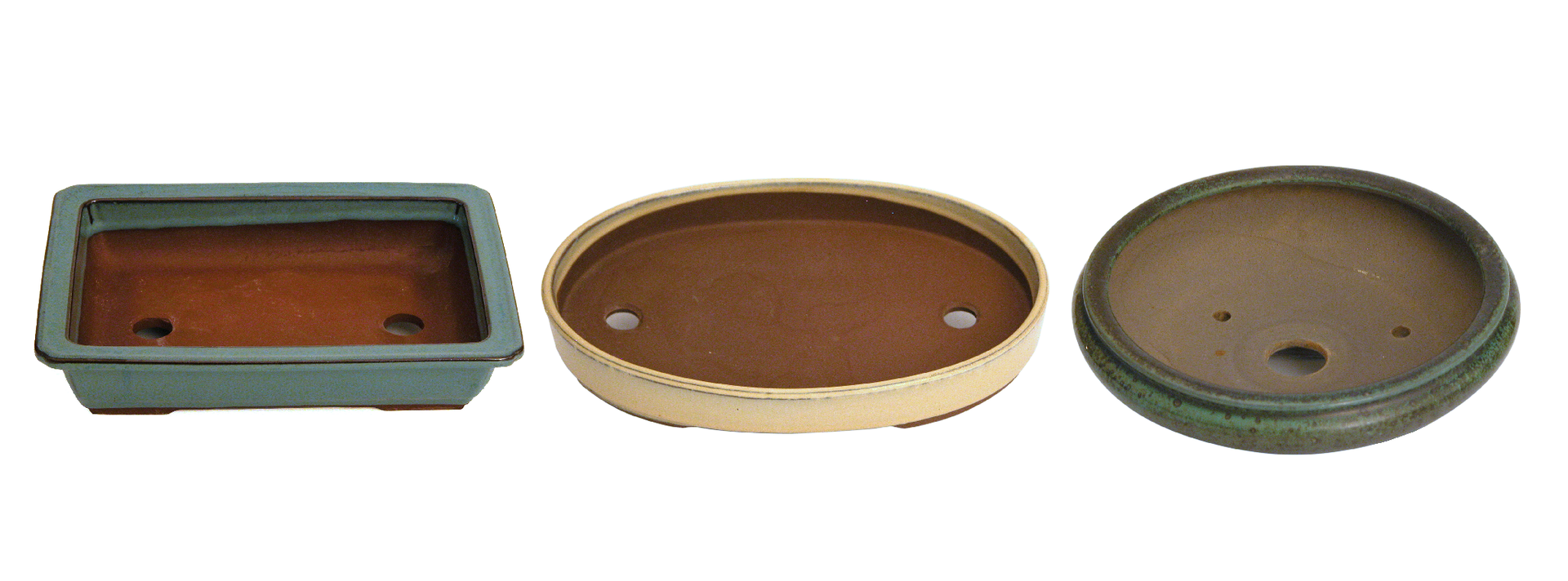
Bonsai Pot Shapes
The right shape for each tree; rectangular, oval and round.
Button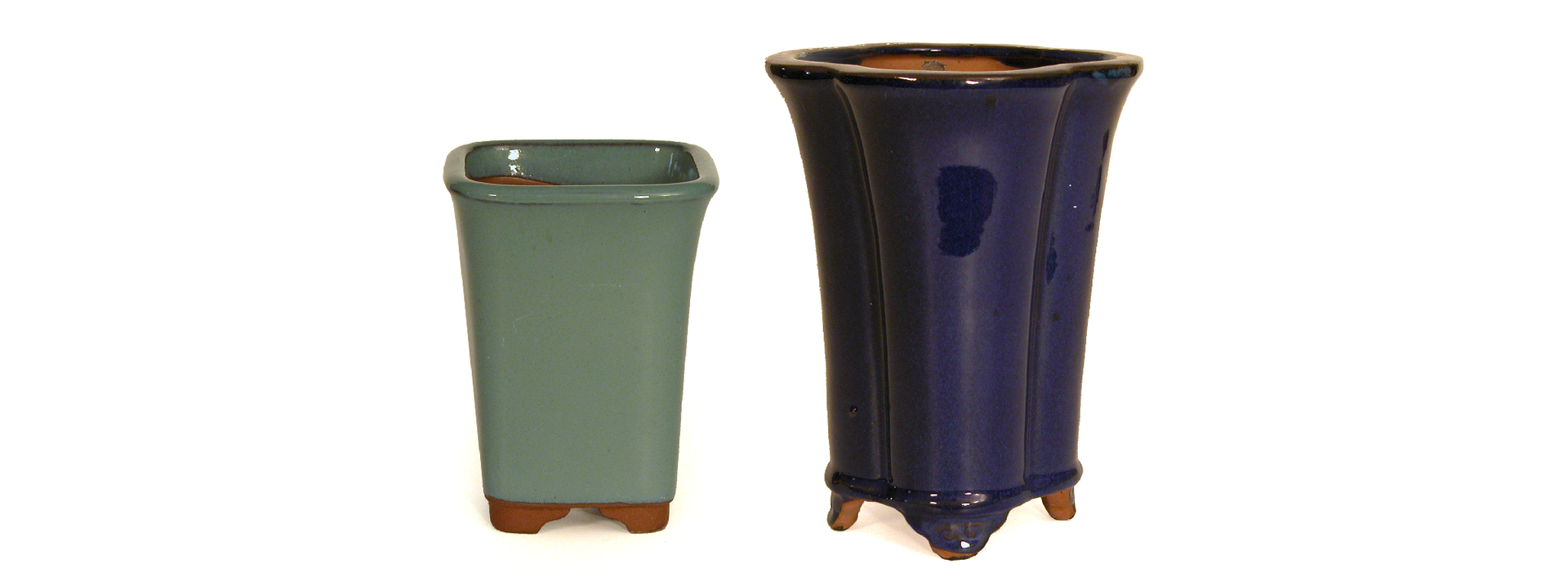
Cascade Pots
Much deeper to balance the downward sweeping branches of the cascade style,
Button

Large Drain Holes
Write your caption hereButton
A Size for Each Tree
Write your caption hereButton
Bonsai Pots Have Feet
Write your caption hereButton
Unglazed Bonsai Pots
Unglazed pots in shades of brown to grey are suitables for conifer bonsai.
Button
Bonsai Pot Shapes
The right shape for each tree; rectangular, oval and round.
Button
Cascade Pots
Much deeper to balance the downward sweeping branches of the cascade style,
Button
Display Bonsai pots
Display pots are very beautiful, an art form requiring highly skilled artists and special equipment.
They are much more shallow than regular plant pots, hence the frequent reference to bonsai ‘trays.’
They are stoneware or ceramic, unlike ordinary earthenware flower pots. They have been fired at much higher temperatures and thus are much more durable.
They have large drainage holes. These ‘dollar-coin’ sized holes must have mesh screening over them to prevent the soil from running out the bottom of the pot.
They have feet that raise the pot bottom from the bonsai bench, allowing water to drain and run freely away. Feet also allow air circulation for the rootball. Their feet may be plain and straight or curved and fancy.
Bonsai pots may be unglazed, rich brown in colour, or glazed, soft, subtle colours such as green, grey, blue, cream, or warm white. In shape, they may be round, square, octagonal, oval, or oblong. Their profile may be straight-sided, lipped, flared, or curved.
A bonsai pot may be as small as a teacup, a thimble, or as large as a baby’s bathtub. Traditional, established guidelines help bonsai enthusiasts select the appropriate size, shape, and colour to best complement each tree style and species. Glazed pots are best for deciduous and tropical trees where the colour of the pot harmonizes or contrast with a feature of the tree; leaves, bark or flowers. Unglazed pots are best for conifer bonsai.
Pots for cascade and semi-cascade bonsai are, of necessity, much deeper to balance the downward sweeping branches of these two styles.
Beginners should beware of poorly-made pots, especially those with uneven floors, hollows in the feet, or carelessly made drain holes. These are serious flaws, as water may collect or be prevented from draining freely, causing root rot—one of the most common causes of tree mortality.
Useful Links
Get On Our Mailing List
Contact Us
Thank you for joining our mailing list.
Watch for news and updates from info@bonsaiwinnipeg.ca.
You can choose to unsubscribe at any time.
Please try again later


